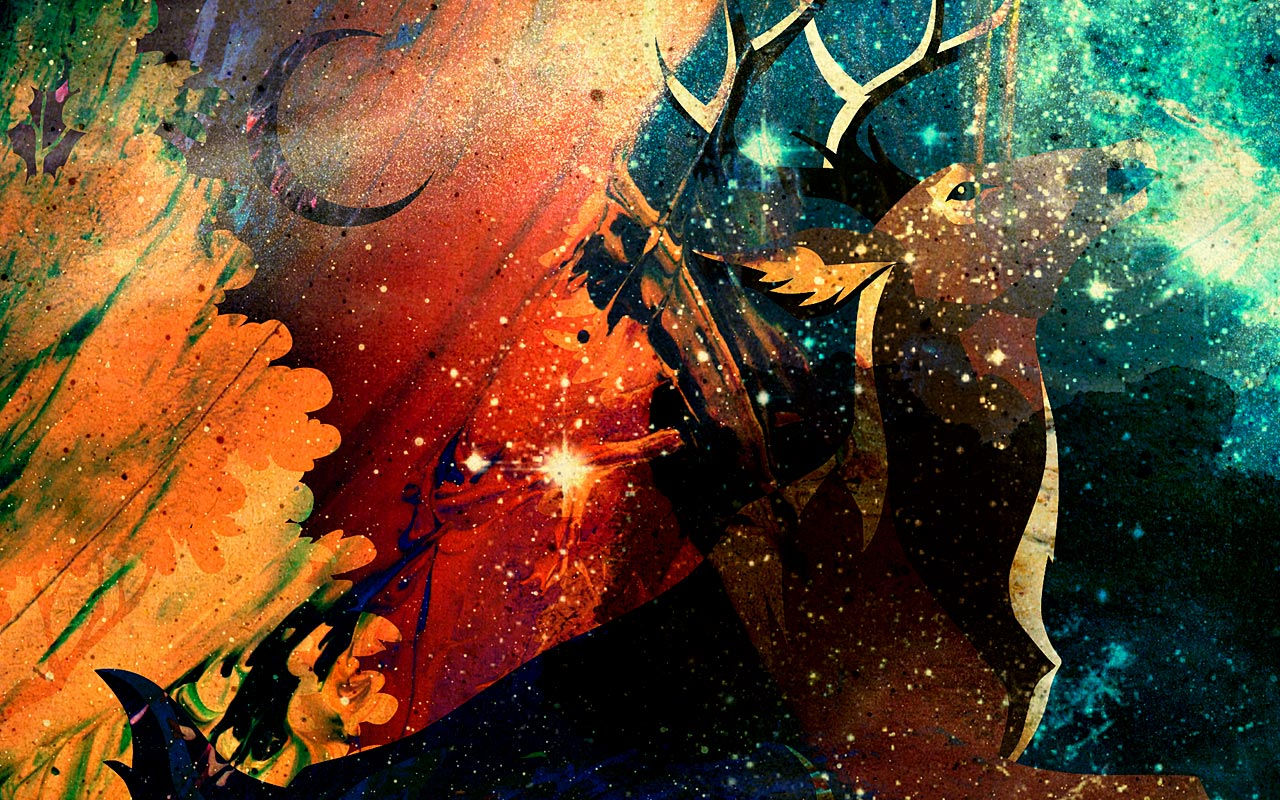Akira Kurosawa: The Legendary Filmmaker Who Transformed Cinema
- torinaga11
- Jan 31
- 4 min read

Akira Kurosawa remains one of the most influential filmmakers in history, revolutionizing cinema with his masterful storytelling, innovative cinematography, and deeply compelling characters. His work has shaped not only Japanese cinema but also inspired some of Hollywood's greatest directors, including George Lucas, Martin Scorsese, and Steven Spielberg. From his early days in the film industry to his legendary masterpieces like Seven Samurai and Rashomon, Kurosawa's legacy continues to impact global filmmaking. In this in-depth exploration, we delve into his career, signature techniques, and lasting influence on world cinema.
Early Life and Entry into Film
Born in 1910 in Tokyo, Japan, Akira Kurosawa grew up in a time of great political and social transformation. His father, a strong advocate of Western culture, exposed him to literature and film at an early age. Kurosawa initially pursued painting, but after struggling to establish himself as an artist, he joined the Japanese film industry in the 1930s as an assistant director under Kajirō Yamamoto. This experience introduced him to the world of filmmaking and shaped his future directing style.
Kurosawa made his directorial debut in 1943 with Sanshiro Sugata, a martial arts film that showcased his ability to craft compelling characters and dynamic action sequences. Over the next few years, he continued refining his storytelling, leading to his breakthrough on the international stage.

Breakthrough with Rashomon and International Acclaim
In 1950, Kurosawa directed Rashomon, a film that would forever change cinema. The movie, which explores a crime from multiple perspectives, introduced the world to the "Rashomon effect"—a storytelling device that highlights the subjectivity of truth. The film won the Golden Lion at the Venice Film Festival and an Academy Honorary Award, propelling Kurosawa onto the global stage and demonstrating the power of Japanese cinema.
Following Rashomon, Kurosawa continued to craft critically acclaimed films, including:
Ikiru (1952): A deeply moving film about a bureaucrat diagnosed with terminal cancer, showcasing Kurosawa’s humanistic storytelling.
Seven Samurai (1954): One of the most influential films in history, pioneering the action film genre and serving as the blueprint for later films like The Magnificent Seven.
Throne of Blood (1957): A masterful adaptation of Shakespeare’s Macbeth, blending Japanese Noh theater with samurai drama.
Yojimbo (1961): A defining samurai film that inspired spaghetti westerns, particularly Sergio Leone’s A Fistful of Dollars.

Kurosawa’s Filmmaking Techniques and Innovations
Kurosawa was a pioneer in cinematography and storytelling. His films introduced groundbreaking techniques that are still widely used in the film industry today. Some of his most notable contributions include:
Dynamic Camera Movement:
Kurosawa utilized tracking shots, sweeping landscapes, and innovative framing to heighten tension and drama.
Multiple Perspectives in Storytelling:
Rashomon's fragmented narrative became a widely adopted storytelling method in both film and literature.
Weather as a Symbolic Element:
Rain, wind, and fog were used to reflect characters' emotions and enhance visual storytelling, as seen in Throne of Blood and Seven Samurai.
The Wipe Transition:
Popularized by Kurosawa, this editing technique involves a moving line that "wipes" one scene away to introduce another, later used in Star Wars.
Strong, Complex Protagonists:
Kurosawa’s films often feature deeply layered characters struggling against fate, injustice, or moral dilemmas.
Collaboration with Toshiro Mifune
One of the defining aspects of Kurosawa’s career was his collaboration with legendary actor Toshiro Mifune. Mifune starred in 16 Kurosawa films, delivering unforgettable performances in Seven Samurai, Yojimbo, and Throne of Blood. Their dynamic director-actor relationship created some of the most powerful performances in cinema history.

Challenges and Later Career
Despite his global recognition, Kurosawa faced difficulties in the 1970s due to changing industry trends and financial struggles. His films became harder to fund, and he even attempted suicide in 1971. However, he made a triumphant return with Kagemusha (1980), backed by George Lucas and Francis Ford Coppola. His later works, including Ran (1985), an epic adaptation of Shakespeare’s King Lear, solidified his place as one of the greatest filmmakers of all time.
Influence on Global Cinema
Kurosawa’s impact on modern filmmakers is immeasurable. His works have inspired countless directors and films, including:
George Lucas:
Star Wars was heavily influenced by The Hidden Fortress, borrowing character dynamics and storytelling elements.
Quentin Tarantino:
Tarantino’s nonlinear storytelling and action sequences owe much to Kurosawa’s innovations.
Christopher Nolan:
The fragmented narrative style seen in Memento echoes the Rashomon effect.
Kurosawa’s emphasis on strong visual storytelling and universal themes continues to shape modern cinema.

Legacy and Conclusion
Akira Kurosawa remains an enduring icon of cinema, whose work has influenced countless filmmakers and captivated audiences worldwide. His ability to blend action, drama, and profound philosophical themes cemented his reputation as one of the greatest directors in history. Whether you’re a seasoned cinephile or new to his films, exploring Kurosawa’s masterpieces offers a window into the artistry and brilliance of a true cinematic visionary.


Comments